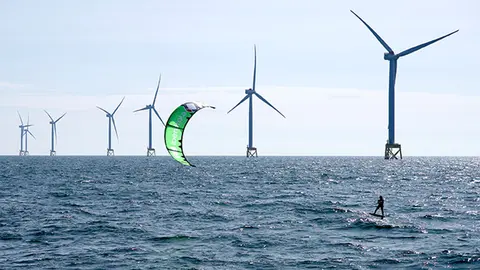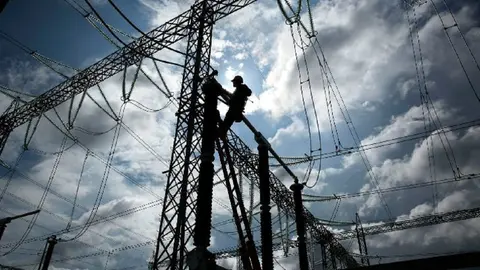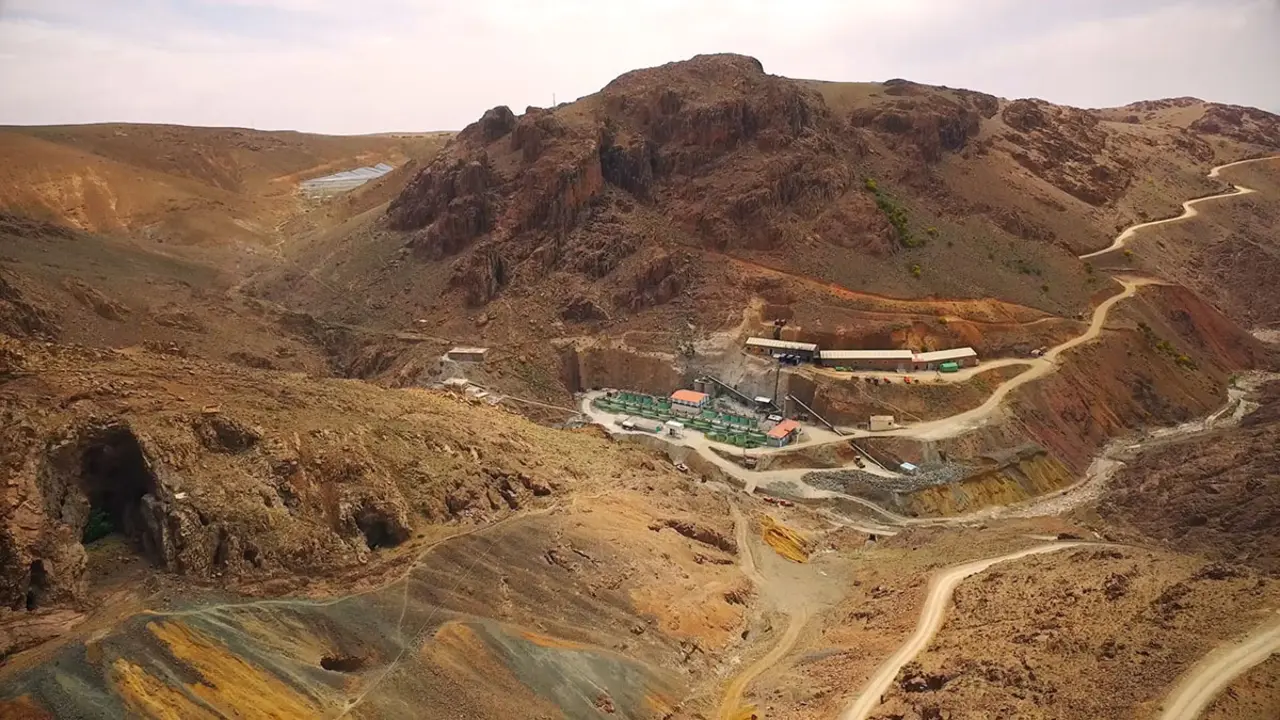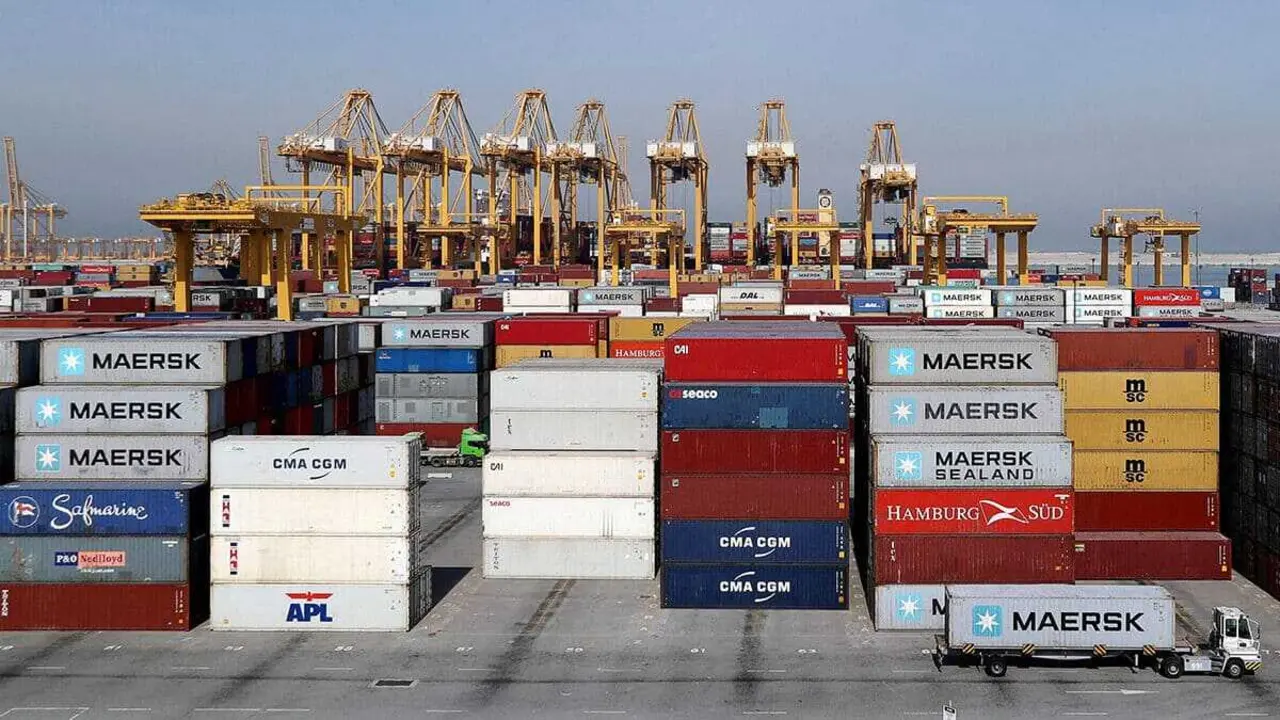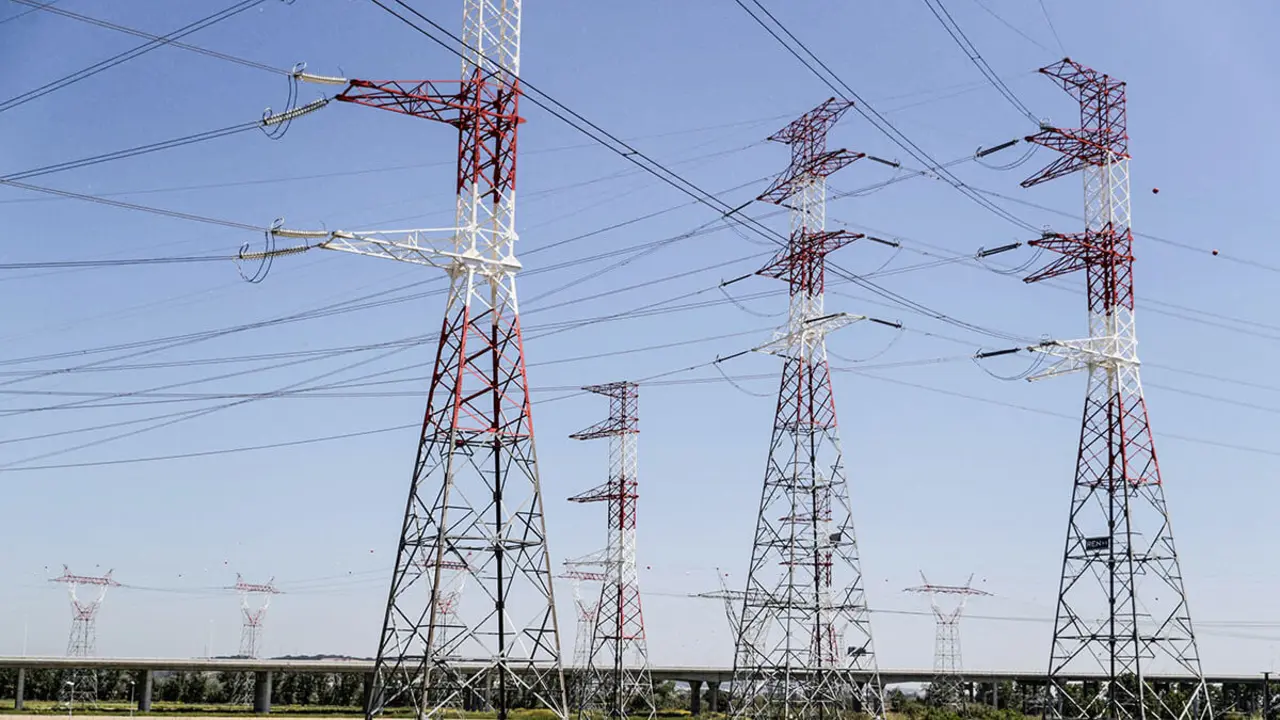Avangrid tests new technology to increase grid capacity in New York and accelerate renewable energy integration

Avangrid, Inc. (NYSE: AGR), a leading sustainable energy company and part of the Iberdrola Group, has launched a pilot project with LineVision, Inc. to free up additional capacity on its transmission lines to integrate renewable energy in New York State. The project will deploy advanced overhead line monitoring in the Hornell, New York area with the goal of reducing grid congestion by providing real-time data on where additional power can safely flow through the existing transmission infrastructure. This critical data and visibility could help connect more renewable energy sources to New York's power grid and support the state's clean energy goals.
The amount of energy that power lines can safely transport is variable. Historically, lines have been operated using "static" line ratings that tell grid operators the energy capacity of a line based on conservative, fixed values for specific weather conditions. Now, however, with LineVision's advanced monitoring, Avangrid will be able to see the data in real time, allowing more flexibility to safely increase the amount of energy flowing through transmission lines based on current conditions.
Advanced monitoring provides 'Dynamic Line Ratings', which determine the capacity limits of power lines by combining real-time properties such as overload, temperature and predicted weather conditions. The result is a more informed operation of the network and an increase in the transmission capacity of transmission lines without the need for major network extensions.
As part of the project, LineVision will partner with Avangrid's electric utility New York State Electric & Gas (NYSEG) to install non-contact LiDAR sensors to monitor overhead transmission lines, accelerate the adoption of renewable energy and advance the goals of the state's Climate Leadership and Community Protection Act (CLCPA). The sensors will be installed on two Avangrid lines. One runs from Elma (Erie County) to Strykersville (Wyoming County), and the other runs from Warsaw to Perry (both in Wyoming County).
Funding for the project was awarded to Avangrid and LineVision through the second round of NYSERDA's Future Grid Challenge programme. The programme addresses a recommendation contained in a Department of Public Service order issued in January 2022 for the deployment of advanced transmission and distribution technologies to improve line utilisation, while supporting the New York CLCPA's goal of 70% renewable electricity by 2030.
Pedro Azagra, CEO of Avangrid, said: "Decarbonising our region and our country will require critical investments in transmission and distribution infrastructure. This pilot project is just one example of how we are working to modernise the grid and improve reliability and resilience in all our service areas for our customers. We are proud to be making strategic and critical investments that will enable New York's climate goals, help mitigate the impacts of climate change and increase access to renewable energy."
Hudson Gilmer, CEO and co-founder of LineVision, said: "We are delighted to have been chosen to participate in this important project. According to multiple reports, we must double the size of the electricity grid to have any hope of meeting critical climate targets. Our technology has helped our utility customers identify 25-40% additional capacity on existing lines, helping to accelerate the transition to renewables. We are delighted to be working with Avangrid and NYSERDA to help optimise New York's grid."
Patricia Nilsen, President and CEO of NYSEG and RG&E, said: "We have been a leading institution in our communities for more than a century. We know we have a critical role to play in building a smarter, more resilient grid that enables us to deliver clean energy to more customers. Investments in innovation like this are very exciting because they will benefit our customers in multiple ways."
The CLCPA calls for an additional 10,000 MW of solar capacity and 9,000 MW of offshore wind capacity. These aggressive targets, as well as those set by the recently passed Inflation Reduction Act, would likely cause significant congestion on transmission lines. To ensure system reliability, reduce the cost of congestion and enable faster integration of renewables, the implementation of the DLR solution could play a vital role.

